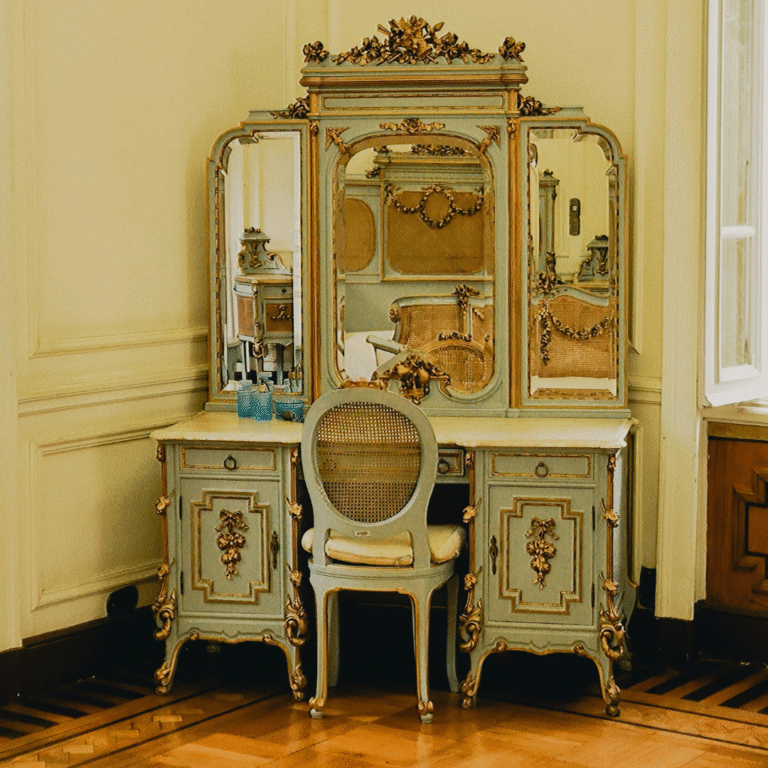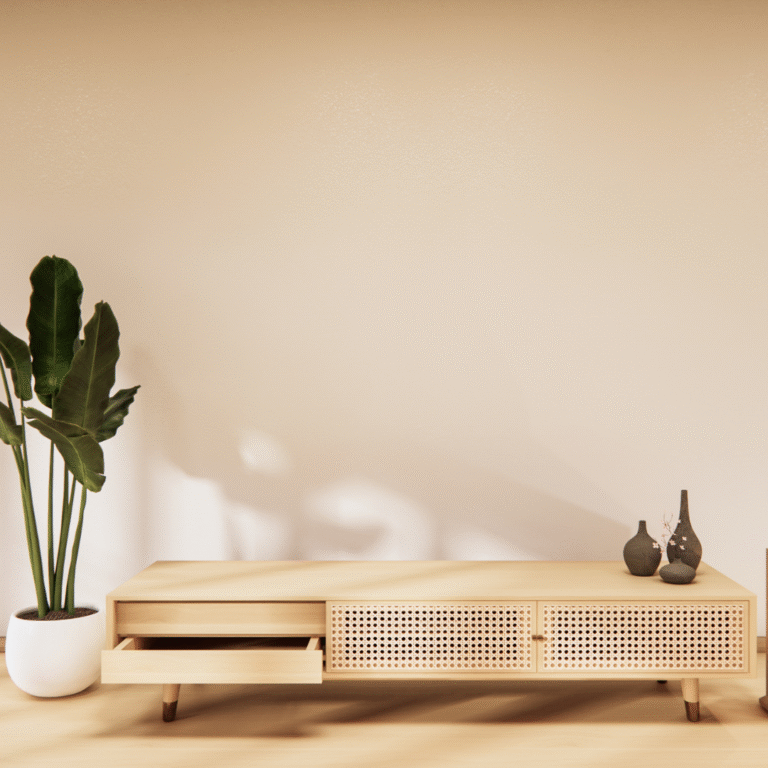Donec efficitur, ligula ut lacinia
viverra, lorem lacus.

Using Fluting to Guide the Eye Between Doors
I know you have seen doors before, but have you ever seen doors that flow with the movement of people? This is vital because the doors here connect the different parts of a building, and those doors need to be able to flow smoothly. The doors I am speaking of are often referred to as “fluting,” which is just another way of saying doors with a pattern that flows. The pattern I am referring to is called “fascias,” but the word “fascia” can also refer to a type of molding, which is often used to construct buildings.
When creating a space, it is important to consider how you will use that space. You also need to consider what you want to hide and what you want to show. The key to fusing two rooms together is by using the right tools. The door, which is the only exposed part of the arch, serves the dual purpose of both guiding the eye and concealing the details of the opening.
When designing a door, architects consider how the eye moves through space when space is in motion. While the eye is primarily drawn to the first thing it sees and the longest things it can see, the sight of a door in motion can cause parts of the eye to dart back and forth from one door to the next. Where do the eyes dart? This is where fluting comes in.
There are two main types of doorways — the kind that opens inward to the inside of a room and the kind that opens outward to the outside. The latter kind is often called a “stairway door” or “fluting door.” This kind of door is often used in older buildings to serve as a secondary means of egress in the event that the main doors are locked or otherwise inaccessible.
When designing doors, there needs to be a clear visual distinction between the main entrance and the secondary door. There are many ways to do this, but one of the most popular is to use a fluting technique. This not only helps to create a distinction and helps to guide the eye, but it also serves to add character and style to your door.
Fluting is a significant influence of the Arts & Crafts movement and was used in almost every door design in the late 1800s and early 1900s. It is easy to see how fluting would guide the eye as the door opens, but how does it guide the eye between the door and the room beyond?
Fluting is an ancient technique of window design that gives a visual break between the doorway and the window itself. It was popular in medieval times and then fell out of favor until the modernist era when it enjoyed a revival when used in the fenestration of buildings in the 1957 High School in Scotland.
Fluting is a technique that helps guide the eye through an interlocking series of openings. You’ve probably used it while exploring a building with a pair of doors: you open one door and then another, letting the eye sweep through a series of spaces before the next opening. The effect is a pleasing pattern of curved lines. Fluting can work in the same way, with the spaces pleasingly fitting into each other. Above, you see a drawing showing a set of openings. The spaces between the openings are open-ended, allowing the eye to flow through, with no sharp angles to block the flow, and the spaces themselves are fluted, with shallow curves that guide the eye smoothly through.
Fluting is a decorative design technique that uses the spaces between the door frames in a building to create a series of distinct patterns. These patterns can be quite intricate and often involve a number of twists and turns, making this ornamental style a popular choice for creating a style-conscious interior. Fluting is also used to provide a decorative frame to the main entrance of a building, and it is often referred to in architectural parlance as ‘the frame.’ Hence, it must be handled with care and attention to detail.



